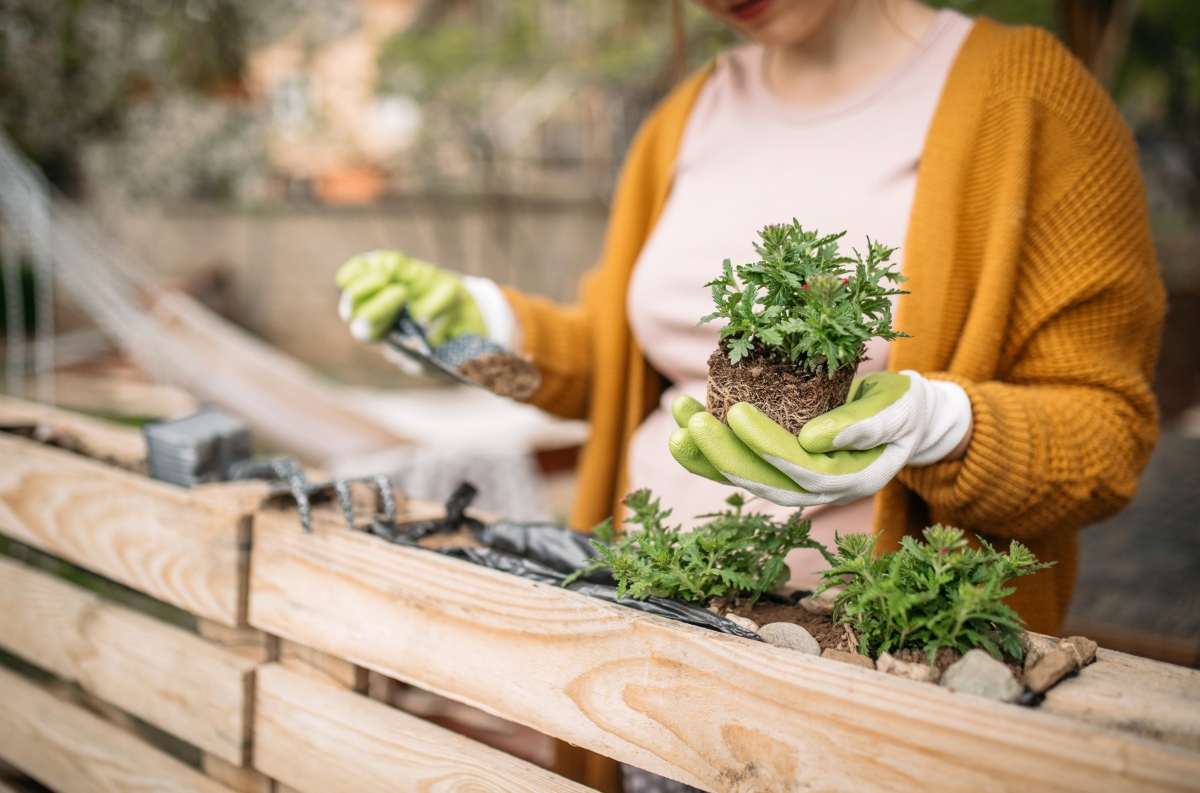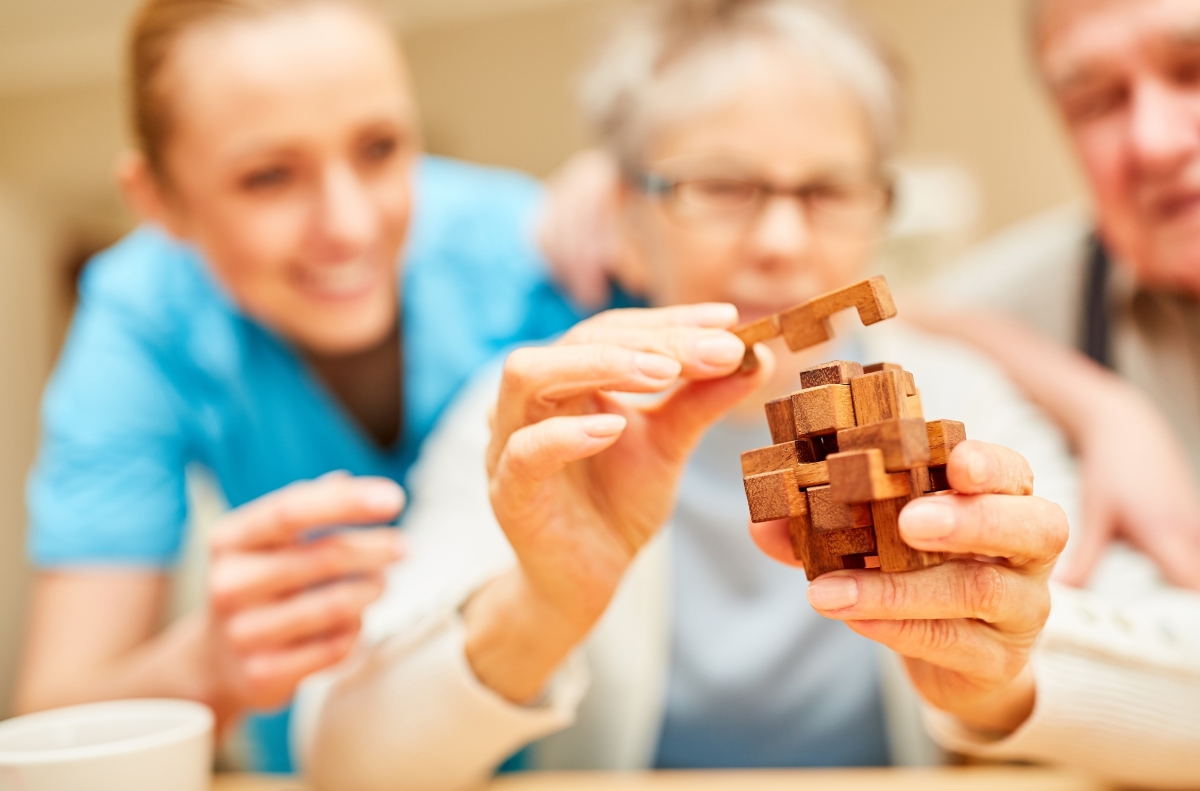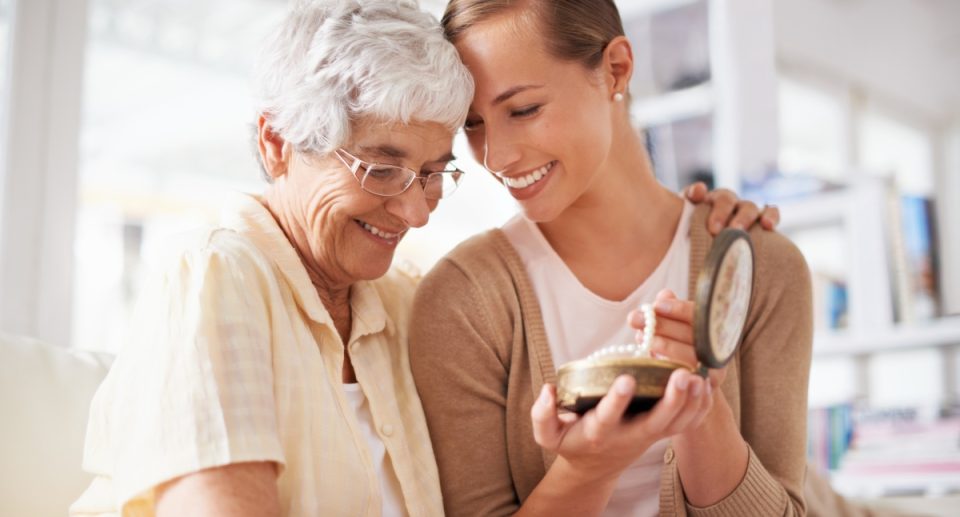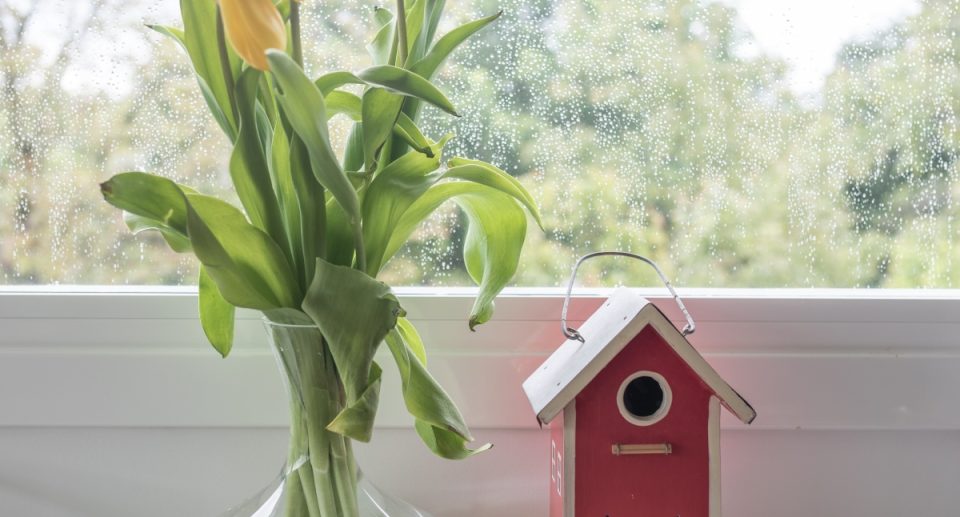Hobbies for Hand-Eye Coordination: Crafts and Activities for Dexterity

As we age, maintaining both physical and cognitive health becomes increasingly important. One often overlooked aspect of senior wellness is hand-eye coordination and dexterity, which play a crucial role in our ability to perform daily tasks and maintain independence. Simple activities like buttoning a shirt, tying shoelaces, or writing a note rely on the intricate relationship between the eyes, hands, and brain. Hand-eye coordination can decline over time without regular practice, making everyday activities more challenging.
Engaging in hobbies promoting hand-eye coordination and dexterity can help preserve and enhance these skills. Crafts and activities that focus on fine motor skills are beneficial for physical health and provide mental stimulation, emotional satisfaction, and a sense of accomplishment. Whether you’re an experienced crafter or looking for new activities, this guide will introduce you to hobbies that can boost coordination while offering relaxation and creativity.
Why Hand-Eye Coordination is Important

Hand-eye coordination is the ability of the eyes to guide the hands in movement, which is essential for everything from simple tasks like picking up a cup to more complex activities like typing on a keyboard. As we grow older, our hand-eye coordination tends to decline due to changes in our vision, muscle strength, and brain function. This decline can lead to challenges in completing tasks that were once second nature.
1. Improving Motor Skills
Maintaining motor skills is key to preserving independence in daily life. Fine motor skills, which involve the use of small muscles in the hands and fingers, allow us to perform delicate movements such as writing, sewing, or turning pages in a book. As we age, these skills can weaken, but engaging in activities that require precision and focus can help to strengthen them. By actively working on hand-eye coordination, seniors can reduce the risk of injury, improve reaction times, and increase confidence in their physical abilities.
2. Mental Health and Cognitive Benefits
The benefits of improving hand-eye coordination extend beyond physical health. There is a strong connection between physical dexterity and cognitive function. Participating in activities that challenge coordination stimulates the brain, enhancing memory, problem-solving, and creativity. Engaging in a hands-on hobby can also provide a sense of purpose and reduce feelings of isolation or boredom, which are common among older adults.
3. Social and Emotional Well-being
Many hobbies that improve hand-eye coordination also have social components. Whether you’re knitting with a friend, attending a pottery class, or joining an online crafting group, these activities offer opportunities to connect with others. Social engagement is vital for emotional health, helping to reduce stress, improve mood, and increase a sense of community. Additionally, completing a project—such as a handmade scarf or a finished puzzle—can boost self-esteem and provide a sense of accomplishment.
Best Crafts for Hand-Eye Coordination

1. Knitting and Crocheting
Knitting and crocheting are classic crafts that offer significant benefits for hand-eye coordination. These activities involve repetitive hand movements, which strengthen fine motor skills and promote focus. As you guide the needles or crochet hook through loops of yarn, you’re engaging both your hands and your brain, enhancing coordination between the two.
For beginners, starting with simple patterns such as scarves or dishcloths can help build confidence. As you become more experienced, you can progress to more complex projects like sweaters or blankets. Beyond the physical benefits, knitting and crocheting can be meditative, calming and reducing stress and anxiety.
2. Painting and Drawing
Creating art is a fantastic way to improve hand-eye coordination while tapping into your creative side. Painting and drawing require precise control of the hands as you guide a brush or pencil across the canvas or paper. These activities challenge the brain to make decisions about color, texture, and form while the hands execute those decisions with delicate movements.
You don’t need to be a professional artist to benefit from painting and drawing. Simple exercises, such as coloring in a coloring book or practicing basic shapes, can provide the same cognitive and physical stimulation. Over time, you can experiment with different techniques and mediums, allowing you to refine both your coordination and artistic skills.
3. Pottery and Clay Sculpting
Working with clay offers a hands-on way to improve dexterity and hand strength. Pottery and clay sculpting involves shaping and molding materials, which requires precise hand movements and coordination. Rolling, pinching, and shaping clay helps strengthen hand muscles and improve finger flexibility.
The tactile nature of working with clay is also deeply satisfying and therapeutic. As you shape your creations, whether it’s a simple bowl or a more intricate sculpture, you’re not only improving coordination but also engaging in a mindful, relaxing activity. The finished product can be a source of pride and a tangible reminder of your growing skills.
4. Sewing and Embroidery
Sewing and embroidery are fantastic activities for enhancing hand-eye coordination, as they involve threading needles, guiding fabric, and making tiny, precise stitches. These activities encourage patience and attention to detail while also working to improve fine motor control.
For beginners, sewing projects like making pillowcases or simple garments are excellent starting points. Embroidery, with its intricate patterns and delicate needlework, is also a great option for those looking to improve dexterity while creating beautiful, personalized items. Both sewing and embroidery are versatile crafts, and once you’ve mastered the basics, you can create everything from clothing to home decor.
5. Beadwork and Jewelry Making
Stringing beads and assembling jewelry components requires excellent hand-eye coordination, as it involves working with small objects and making precise movements. Beadwork allows you to design intricate patterns and experiment with color combinations, all while improving dexterity and focus.
Jewelry-making also offers a creative outlet that results in wearable, personalized pieces. Whether you’re making bracelets, necklaces, or earrings, carefully threading beads and assembling components engages both the hands and the mind, helping to keep fine motor skills sharp.
Other Activities to Improve Dexterity

1. Gardening
Gardening offers a wide range of physical and cognitive benefits, including improved hand-eye coordination. Planting seeds, pruning plants, and harvesting fruits and vegetables all require precision and hand control. Gardening also strengthens hand muscles and enhances finger flexibility through repetitive actions such as digging, watering, and trimming.
In addition to its physical benefits, gardening is known for reducing stress and promoting a sense of calm. It’s an excellent way to connect with nature while staying physically active, and the rewards of a flourishing garden bring a sense of accomplishment and joy.
2. Puzzles and Games
Engaging in puzzles and games is another great way to enhance hand-eye coordination. Jigsaw puzzles, in particular, require precision as you fit pieces together while also stimulating cognitive function. Card games, board games, and dexterity-based games like Jenga or Pick-Up Sticks can also improve coordination, offering a fun and social way to stay active.
Playing games is beneficial for motor skills and provides mental stimulation, helping to keep the mind sharp and focused. Many of these games can be enjoyed alone or with friends, making them versatile activities for seniors.
3. Woodworking and Carving
Woodworking and carving require careful hand movements and the use of tools, making them ideal activities for improving dexterity. Whether you’re building a birdhouse, carving figurines, or creating a piece of furniture, woodworking engages both the mind and the body. It strengthens hand muscles and enhances coordination while also encouraging creativity and problem-solving.
Woodworking projects can range from simple to complex, allowing you to progress at your own pace. As you become more comfortable with the tools and techniques, you can take on more challenging projects, further improving your skills.
4. Origami and Paper Crafts
Origami, the art of paper folding, is an excellent way to boost hand-eye coordination and dexterity. The precise folds required in origami challenge the hands and minds to work together, creating beautiful and intricate designs from a simple sheet of paper. Origami encourages focus, patience, and attention to detail, making it a perfect activity for improving coordination.
Paper crafts, such as scrapbooking or card making, are wonderful options for enhancing fine motor skills. These activities involve cutting, gluing, and arranging materials, all of which require hand precision and creativity.
Adapting Hobbies for Limited Mobility

For seniors with limited mobility or arthritis, it’s important to adapt hobbies to ensure comfort and ease. Here are some tips for making these activities more accessible:
1. Using Ergonomic Tools
Many ergonomic tools are designed to reduce strain on the hands and joints. Look for crochet hooks with padded handles, larger knitting needles, or specialized scissors for easier use. These tools make it easier to participate in activities without discomfort.
2. Starting with Simple Projects
When starting a new hobby, choosing simple projects that don’t require extensive hand movements or strength is best. As you become more comfortable with the activity, you can gradually increase the complexity of your projects.
3. Breaking Down Tasks
If an activity feels overwhelming, break it down into smaller steps. Take frequent breaks to avoid fatigue and pace yourself to prevent strain. This approach ensures you can enjoy your hobbies without putting undue pressure on your hands.
Conclusion

Hobbies that enhance hand-eye coordination and dexterity are not only beneficial for physical health but also provide mental and emotional well-being. From knitting to woodworking, these activities allow seniors to stay active, creative and engaged. By dedicating time to these crafts and activities, seniors can improve their motor skills, boost cognitive function, and enjoy a more fulfilling, independent life. Whether trying a new craft or returning to a favorite hobby, the benefits of staying engaged with these activities are immense.





